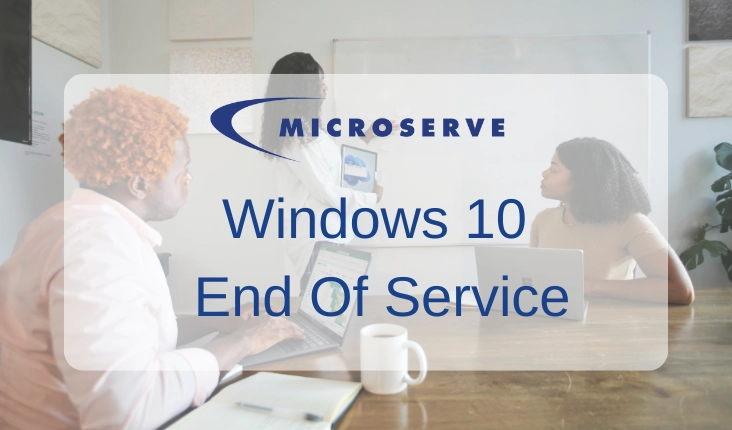Learning equity is part of a K–12 digital transformation strategy. Learning equity in a technologically enabled education system means providing fair opportunities to learn through technology, regardless of a child’s background — or more specifically, regardless of access to technology at home. With the move toward online learning for K–12 students, the need for online learning equity and bridging the “homework gap” becomes vitally important for learning in the classroom and at home.
What is the “homework gap” in K–12 education?
In a technologically-savvy school district, K–12 students have access to a plethora of technology to support their education and learning — from iPads and tablets to unified communication and beyond. With the rise of digital transformation in K–12 and education, students are relying increasingly on technology to learn in the classroom.
In fact, 66% of secondary students and 33% of elementary students in Ontario said their school encourages a “bring your own device” program in school for everyday use. And in those schools, “most of the principals report that teachers create lessons with the ‘Bring your own device’ (BYOD) policy in mind”.
Remote and hybrid learning technology power many classrooms today, such as in-class microphones and cameras, which help students learn from anywhere and further encourages the BYOD program in K–12 education.
However, at home, not all K–12 students have access to high-speed internet, or even devices to access the internet — creating a “homework gap” — where students without access to technology at home aren’t able to complete their homework at home, especially in low-income school districts. According to a 2019 StatsCan survey, 24% of Canadians “had either no engagement or very limited engagement with the Internet and digital technologies”. Additionally, students with a Software Engineering parent, for example, may have an advantage in understanding technology and at-home learning.

Building learning equity in online education
Enabling all K–12 students to learn through technology can be possible through community and government support. School districts across the country have come up with creative ways to bridge the “homework gap” — by providing students with access to technology at home.
To reduce the inequity that comes with the “homework gap” in K–12 education, the Bluewater District School Board in Ontario purchased and distributed approximately 4,000 devices earlier this year for its elementary and secondary school students, which cost $2.1 million.
“Working through learning platforms, such as Brightspace, and tools like Office 365, which include Outlook, Teams, and OneNote, will give our secondary students a cutting-edge advantage in the future,” says Keith Lefebvre, the Superintendent of Education in the Bluewater School District. “The board has had this project in planning for a number of years,” according to Lefebvre.
New Brunswick high school students are required to have a computer for their studies to bridge their “homework gap”. However, the province of New Brunswick is subsidizing up to $600 CAD for the purchase of laptops for students in low- to middle-income families. According to CTV, the Department of Education and Early Childhood Development spent $12 million total “to improve equitable access to technology” and on infrastructure support.
In British Columbia, the BC Technology for Learning Society hosts the Computers for Schools Plus (CFS+) — a national program that “refurbishes digital devices donated from government, private businesses and individuals [for] schools, libraries, not-for-profit organizations, Indigenous communities and eligible low-income individuals”. The organization has distributed and refurbished over 190,000 computers in BC and 1.7 million across Canada to date, which helps bridge the “homework gap” in BC.
According to a survey, principals across Canada reported that their technology budget is often funded through school-driven fundraising. The survey reports that 68% of elementary schools and 22% of secondary schools host fundraisers specifically for technology. However, it also reports that fundraising becomes more difficult in low-income neighbourhoods — effectively widening the gap.
One high school student in Calgary was moved by the inequity of the “homework gap”. He created a private fundraiser and successfully raised money for the CCEF — which supports Catholic schools in Calgary with technology grants — by selling bags of coffee. “It’s really eye-opening to realize there are people in our city that are in that kind of need, and I think it’s important for all of us to come together to help out,” said the All Saints high school student.
Closing the “homework gap” in Canadian education with technology
Through government funding, technology grants, and creative efforts, we can all work together to close the “homework gap” in the Canadian education system. By lobbying for more government funding and private fundraising for technology, school districts can provide their students with the technological infrastructure required to support their learning.
To maximize learning potential, students need access to devices, which means that IT teams in K–12 school districts have an important role to play. Managing the IT infrastructure and network security across a BYOD program with hundreds of devices, alongside the thousands of government-funded laptops leaving the school every day, is a big job.
In order to keep track of all these devices, IT leaders in education need to have proper asset management, network control, and more. It’s also part of IT’s responsibility to keep sensitive data from leaving the corporate network or getting into the hands of malicious hackers. To do this, devices need to be equipped with anti-virus software, asset management software, geo-tracking capabilities, and more.
If your IT team needs help managing devices and closing the “homework gap” in the Canadian education system, reach out to the team at Microserve. With over 35 years in business, we’ve worked with many school districts across the country to track, manage, and secure devices.
Microserve will be exhibiting at the upcoming IT4K12 Conference in Vancouver on Nov 17 and 18th. Please visit us at booth 7 for more information on how you can improve you teach and learning strategies using IT solutions.




